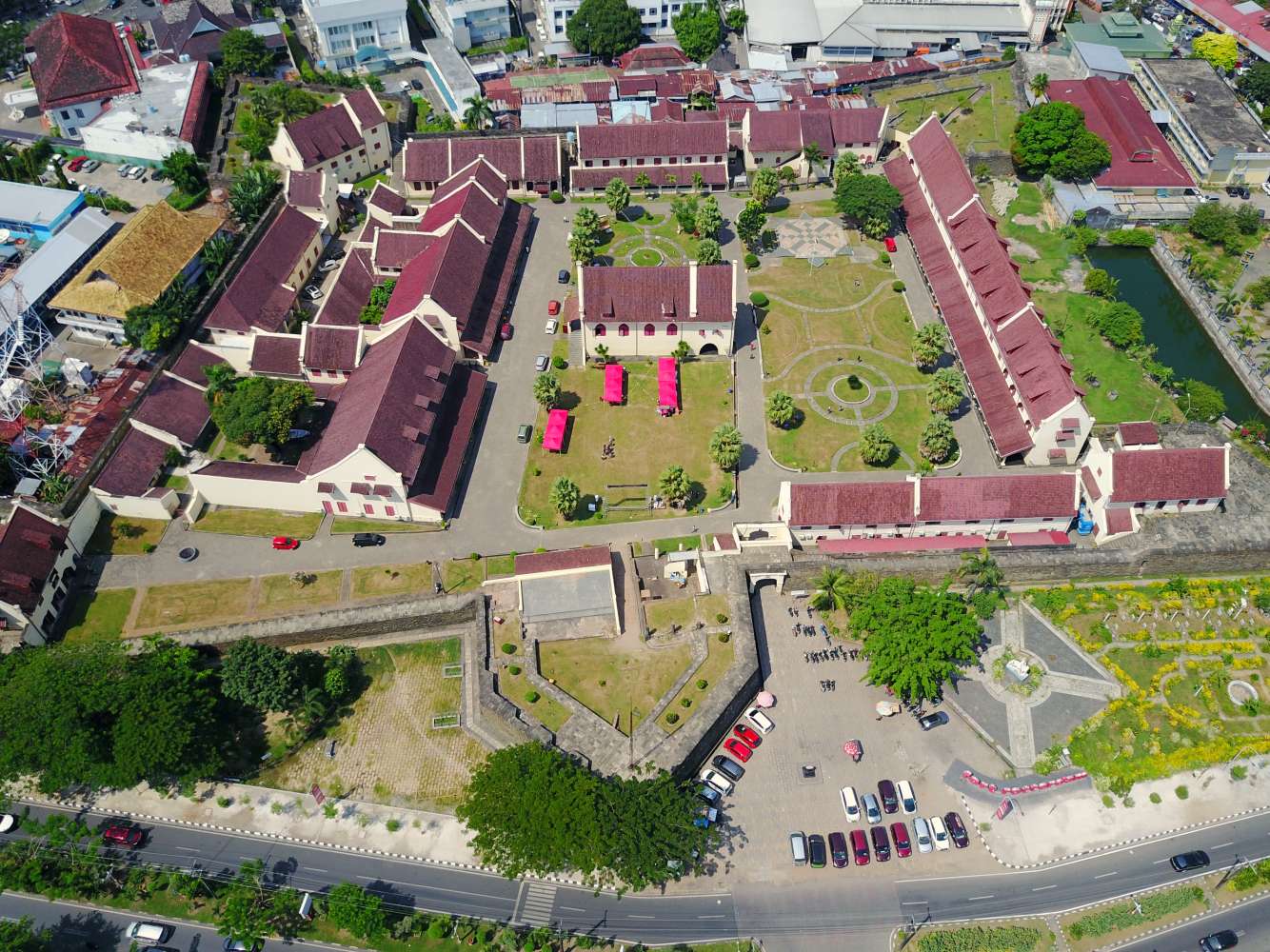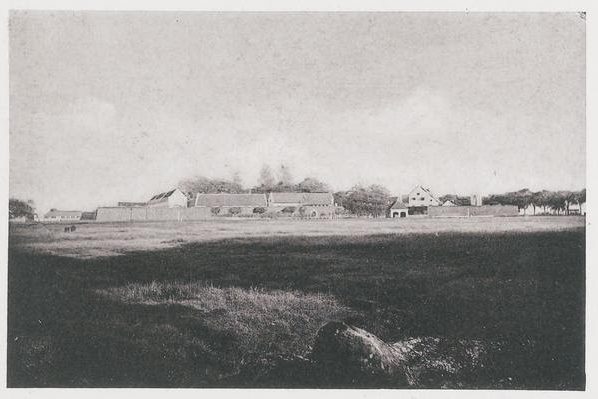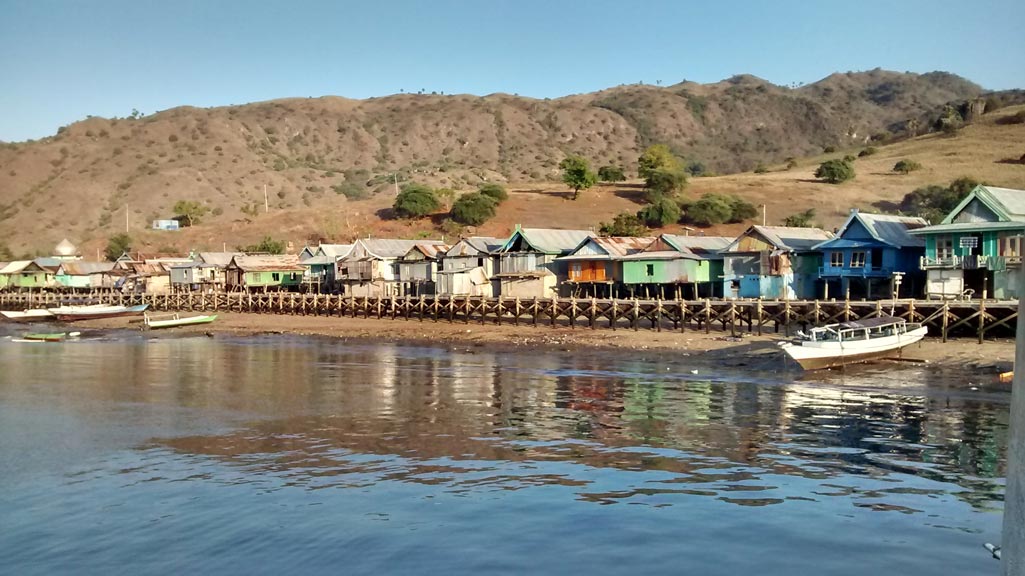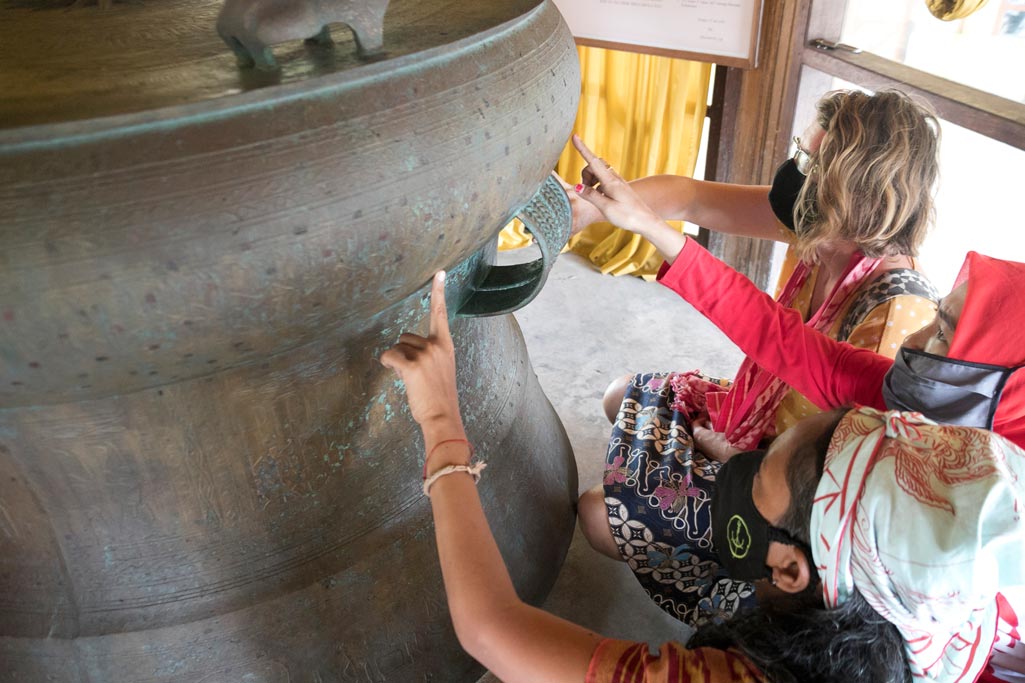
The existence of Fort Rotterdam in Makassar was strongly linked to the arrival of VOC in South Sulawesi. Since 1615, Karaeng Matoaya, the ruler of the Gowa Kingdom, had permitted the Dutch to come and trade in Gowa Kingdom’s port Ujung Pandang. It was a part of Gowa Kingdom’s policy that opened its port, allowing international traders to visit and trade in its area.
Relying on its strategic location and beneficial natural potential, Gowa Kingdom became one of the most dominant maritime powers in the political stage and trade economy within the area in the 16th and 17th centuries. Its famous port in Ujung Pandang (Makassar) became the main gate for all commodities from all over the eastern Indian Islands.
As the economic and crowd center, the trades involved domestic and international traders, including the Portuguese, Chinese, English, Arabic, Danish, French, and Dutch. However, unlike other international traders who came to Makassar as free traders, the Dutch entered as a company armed with force and adequate infrastructure, with its trade offices network scattered from Java to Maluku.
VOC needed to keep its particular position in the spice producer areas, for its trading activities rested on the spice monopoly. Therefore, it led to a conflict of interest between VOC as the monopolist in the East Indies region and the Gowa Kingdom as the spice producer.
The increasingly heated trade competition gave rise to a conflict between VOC and Gowa Kingdom. In 1667, a peace negotiation was held between Sultan Hasanuddin from the Gowa Kingdom and Cornelis Speelman, resulting in the Bongaya Agreement. One of the Bongaya Agreement articles stated that they must tear down all fortresses in the Gowa Kingdom’s areas. On the contrary, VOC built a new fort in the estuary of the Tallo river. Formerly named Fort Ujung Pandang, it turned its name into Fort Rotterdam, under Cornelis Speelman’s place of birth.
Fort Rotterdam became the only fort built in Makassar in the 17th-18th centuries and became the VOC symbol of hegemony in South Sulawesi. It functioned as a defense command headquarter, central trade office, the residence of high officials, and central Government.

Picture 01: Fort Rotterdam in Makassar
Aside from being the center of military power and foreign politics, Fort Rotterdam symbolized VOC monopoly and economic exploitation upon Makassar during the 17th-18th centuries.
In 1937, the Dutch Government handed Fort Rotterdam to the Fort Rotterdam Foundation. The building was listed as a historical monument with registration number 1010 based on the Monumenten Staatsblad in 1931. During the Japanese occupation, Fort Rotterdam functioned as an agricultural science center and language research. It then transformed into the Dutch center of defense activities against the Indonesian soldiers during the post-independence era to 1949.
Fort Rotterdam then functioned as a defense center of Koninklijke Nederlandsch Indische Leger (KNIL) soldiers to fight against the Indonesian National Armed Forces. In 1970, the Indonesian Government transformed Fort Rotterdam into an office complex. One of the buildings in the complex functioned as the Museum of South Sulawesi Province named La Galigo Museum.
On April 27th, 1977, the Institute of Antiquities and National Heritage Region IV was also placed in the Fort. Today, Fort Rotterdam stands in good condition and has been appointed as a cultural heritage since June 22nd, 2010, based on the Decree of the Minister of Culture and Tourism of the Republic of Indonesia Number PM.59 / PW.007 / MKP / 2010.
_________
Sources:
Sistem Registrasi Nasional Cagar Budaya. Cagar Budaya.kemdikbud.go.id. (2020). Accessed on 25 October 2020 from https://cagarbudaya.kemdikbud.go.id/public/objek/detailcb/PO2015071000005/benteng-rotterdam.
Sejarah Kota Makassar. Official Website of the Government of Makassar. (2020). Accessed on 25 October 2020 on https://makassarkota.go.id/sejarah-kota-makassar/.
Marihandono, D. (2008). Perubahan peran dan fungsi benteng dalam tata ruang kota, Wacana, 10(1), 144-160. doi: https://doi.org/10.17510/24076899-01001008
Picture 01: http://hdl.handle.net/1887.1/item:914532
_________
Text: Syahidah Sumayyah
Editor: Doni Ahmadi
Translator: Dhiani Probhosiwi








